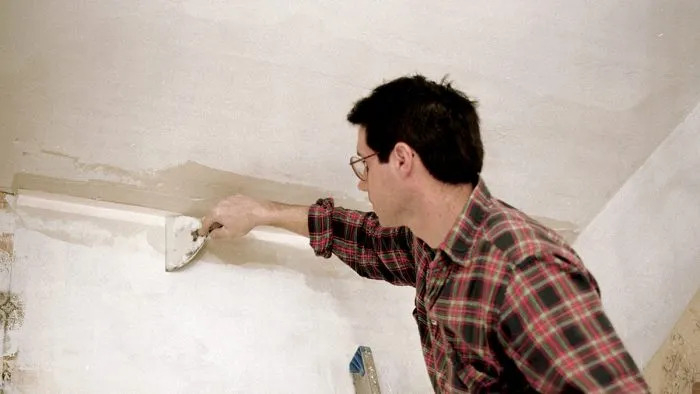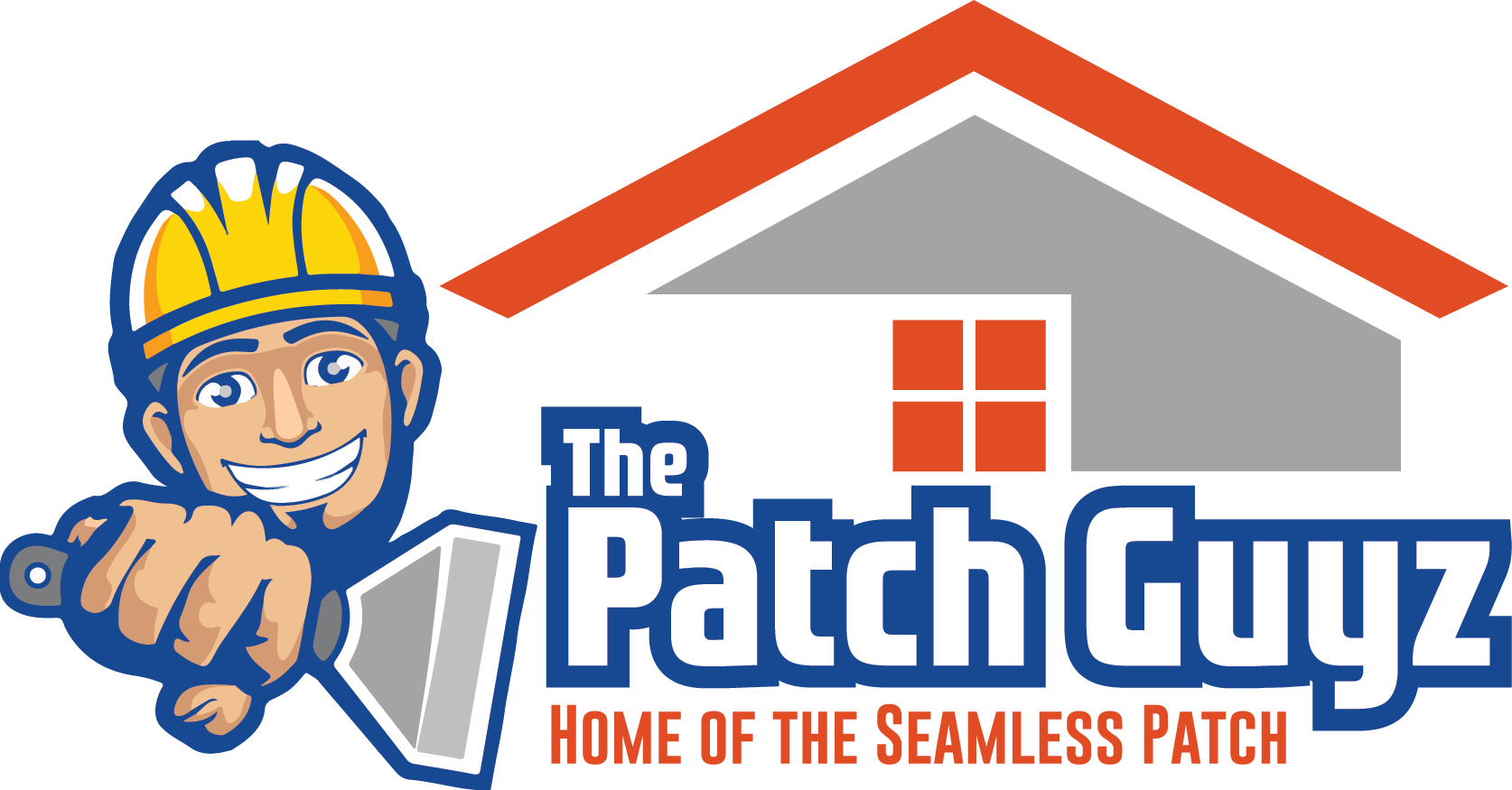Embarking on the journey of repairing water-damaged drywall can be a daunting task, but with the right approach, it becomes a manageable and rewarding endeavor. Whether faced with minor leaks or significant water infiltration, knowing how to address these issues effectively is essential for preserving the integrity of your home. In this comprehensive guide, we delve into the intricacies of the right approach to fixing water-damaged drywall, equipping you with the knowledge and techniques needed to tackle this common household concern with confidence.

The right Approach to Fixing Water Damaged Drywall a Comprehensive Guide
Understanding the Causes of Water-Damaged Drywall
Sources of Water Damage
Water damage on drywall can result from various sources, including leaky roofs, burst pipes, plumbing issues, or flooding events. It's crucial to identify the source promptly to prevent further damage.
Common Signs of Water Damage on Drywall
Signs of water damage on drywall may include visible stains, peeling or bubbling paint, soft or soggy drywall, a musty odor, or the presence of mold. These signs indicate the need for immediate attention to prevent structural issues.
The Impact of Water Damage on Drywall
Water damage can compromise the structural integrity of drywall, leading to sagging, warping, or crumbling. Additionally, prolonged exposure to moisture can create a breeding ground for mold, posing health risks to occupants.
Assessing the Extent of Water Damage
Steps to Evaluate the Damage
- Start by visually inspecting the affected area for signs of water infiltration.
- Use a moisture meter to assess the level of saturation in the drywall.
- Probe the drywall gently to check for hidden damage or soft spots.
- Consider seeking professional help for a more thorough assessment if needed.
Identifying Hidden Water Damage
Hidden water damage within walls or ceilings can be detected through discoloration, peeling wallpaper, or a musty smell. Infrared cameras or moisture detectors can help pinpoint hidden moisture for accurate assessment.
Tools Needed for Assessment
- Moisture meter
- Flashlight
- Screwdriver for probing
- Infrared camera (optional for advanced detection)
Preparation Before Repairing Water-Damaged Drywall
Safety Precautions to Consider
- Before tackling the repair of water-damaged drywall, prioritize safety measures such as:
- Turning off electricity to the affected area to prevent hazards.
- Wearing protective gear like gloves, goggles, and a mask to avoid exposure to mold or debris.
- Ensuring proper ventilation in the workspace to minimize inhalation of dust particles.
Gathering Necessary Materials and Tools
To effectively repair water-damaged drywall, gather the following materials and tools:
- Drywall joint compound
- Drywall tape
- Sandpaper
- Paint and primer
- Paintbrushes and rollers
- Utility knife
- Putty knife
Clearing the Work Area
- Prepare the work area by:
- Removing furniture and belongings from the vicinity.
- Covering floors and nearby objects with plastic sheets to protect them from dust and debris.
- Creating a clean, clutter-free space to facilitate the repair process smoothly.
For more detailed guidance on selecting the right tools and materials for drywall repair, refer to leading home improvement retailers like Home Depot for quality products and expert recommendations.
Choosing the Right Repair Approach
Repair vs. Replace Considerations
When addressing water-damaged drywall, consider the extent of the damage to determine whether repair or replacement is the best course of action. Factors to ponder include:
- The severity of the water damage
- Cost-effectiveness of repair versus replacement
- Time constraints for the repair process
Drying Techniques for Wet Drywall
To salvage wet drywall effectively, utilize appropriate drying techniques such as:
- Using fans and dehumidifiers to facilitate drying
- Opening windows for ventilation
- Employing moisture-absorbing materials like desiccants or silica gel
Addressing Mold Growth
In cases of water-damaged drywall with mold growth, take immediate action to:
- Safely remove mold-infested sections of drywall
- Apply mold-inhibiting solutions as a preventive measure
- Properly dispose of contaminated materials following health guidelines
For expert advice on mold remediation products and techniques, consult reputable resources like Lowe's for comprehensive solutions and guidance.
Step-by-Step Guide to Fixing Water-Damaged Drywall
Repairing Minor Water Damage
In cases of minor water damage on drywall, follow these steps:
- Cut out damaged sections using a utility knife.
- Patch the area with drywall joint compound, smoothing it with a putty knife.
- Sand the patch once it dries for a seamless finish.
- Apply primer and paint to match the existing wall color.
Patching Holes and Cracks
For larger holes or cracks in water-damaged drywall:
- Use drywall tape to reinforce the damaged area.
- Apply multiple layers of joint compound, allowing each layer to dry before sanding.
- Finish with a final sanding and paint application for a professional look.
Applying Primer and Paint for Finishing Touches
After completing the repair process, ensure a polished appearance by:
- Priming the repaired areas to seal and prepare for painting.
- Painting over the primed sections with matching paint for a cohesive finish.
- Allowing adequate drying time between each step for optimal results.
For high-quality drywall repair products and painting supplies, consider visiting Sherwin-Williams for a wide selection and expert recommendations.
Preventing Future Water Damage
Tips for Maintaining Drywall Integrity
To safeguard against future water damage to drywall, consider the following preventive measures:
- Promptly fix any leaks or plumbing issues in the vicinity of drywall.
- Ensure proper ventilation in areas prone to moisture accumulation.
- Seal gaps and cracks in walls to prevent water seepage.
Waterproofing Strategies for Vulnerable Areas
For areas susceptible to water damage, implement waterproofing techniques like:
- Installing waterproof membranes in high-moisture zones like bathrooms or kitchens.
- Using moisture-resistant drywall in areas prone to dampness.
- Applying waterproof sealants on exterior walls to prevent water intrusion.
Regular Inspection and Maintenance Practices
Maintain the integrity of drywall by:
- Regularly inspecting walls for signs of water damage or mold growth.
- Addressing any minor issues promptly to prevent escalation.
- Scheduling periodic professional inspections for thorough assessments.
For comprehensive waterproofing solutions and products, explore offerings from Behr for durable and effective options tailored to your specific needs.
Conclusion: Your Comprehensive Guide to Resolving Water-Damaged Drywall Issues
In Summary
Resolving water-damaged drywall requires a systematic approach that involves assessing the damage, choosing the right repair method, and implementing preventive measures to avoid future issues. By following the steps outlined in this guide, you can effectively restore the integrity of your drywall and prevent potential water damage threats.
Empower Yourself with Knowledge
Understanding the causes and implications of water damage on drywall equips you to take timely and appropriate action when faced with such challenges. By being proactive and informed, you can mitigate risks and maintain the structural integrity of your property.
Take Action Today
Don't wait for water damage issues to escalate – address them promptly with the right approach to fixing water-damaged drywall. Whether it's repairing minor damage or implementing waterproofing strategies, taking action now can save you time, effort, and costly repairs in the long run.
For further expert advice and premium drywall repair products, consider reputable suppliers like Lowe's for a wide range of solutions tailored to your specific needs.
Additional Resources for Drywall Repair and Maintenance
Expert Guidance and Support
For professional assistance and personalized recommendations on drywall repair and maintenance, consider reaching out to reputable drywall repair companies like The Patch Guyz. Their experienced team can provide tailored solutions to address your specific drywall needs effectively.
DIY Tips and Tutorials
Explore online tutorials and DIY guides from trusted resources such as This Old House for step-by-step instructions on handling common drywall repair issues independently. These resources offer invaluable insights and practical tips for DIY enthusiasts looking to enhance their drywall repair skills.
Community Forums and Discussions
Engage with fellow homeowners and DIY enthusiasts on platforms like Houzz to exchange ideas, ask questions, and seek advice on dealing with water-damaged drywall. By tapping into the collective knowledge of online communities, you can gain valuable insights and recommendations for resolving drywall challenges effectively.
Utilize these additional resources to supplement your knowledge and skills in the realm of drywall repair and maintenance, ensuring that you approach water-damaged drywall issues with confidence and expertise.
Is it necessary to repair water-damaged drywall immediately?
Addressing water-damaged drywall promptly is crucial to prevent further structural deterioration and mold growth. Delaying repairs can lead to more extensive damage and costly remediation efforts in the future.
Can I repair minor water damage on drywall myself?
Minor water damage on drywall can often be repaired as a DIY project. With the right tools and materials, such as joint compound and sandpaper, homeowners can successfully patch small areas of water damage.
How can I prevent water damage to drywall in the future?
To safeguard drywall from water damage, implement preventive measures like fixing leaks promptly, maintaining proper ventilation in moisture-prone areas, and applying waterproofing solutions in vulnerable zones.
What are the signs of hidden water damage behind drywall?
Indications of hidden water damage behind drywall may include musty odors, peeling paint or wallpaper, discoloration, or a soft, spongy texture. If these signs are present, it's essential to investigate further.
When should I consult a professional for water-damaged drywall repair?
Seek professional assistance for water-damaged drywall repair if the damage is extensive, mold growth is evident, or if you are uncertain about the repair process. Professionals can provide expertise and ensure the proper restoration of your drywall.
